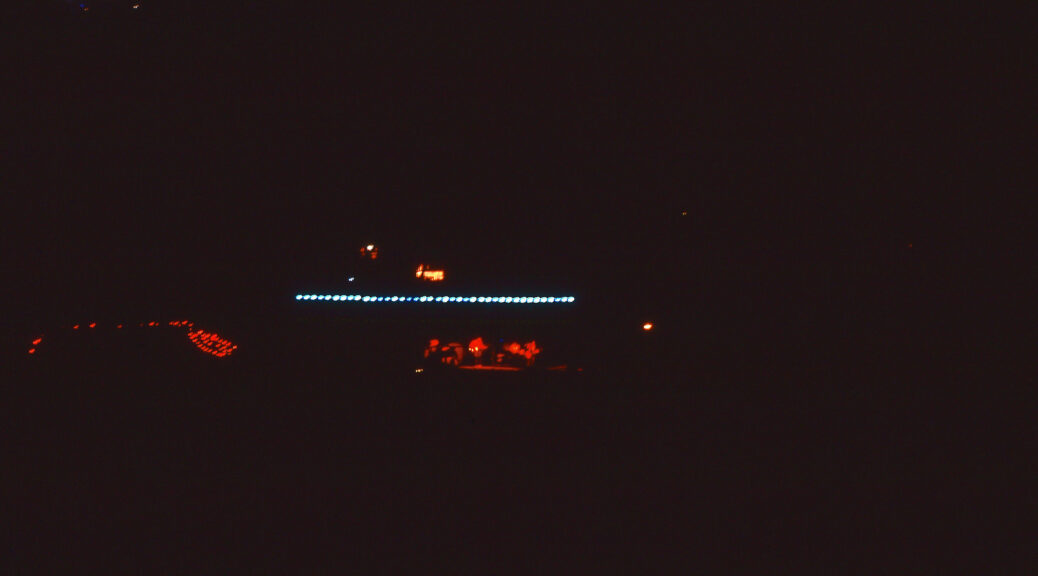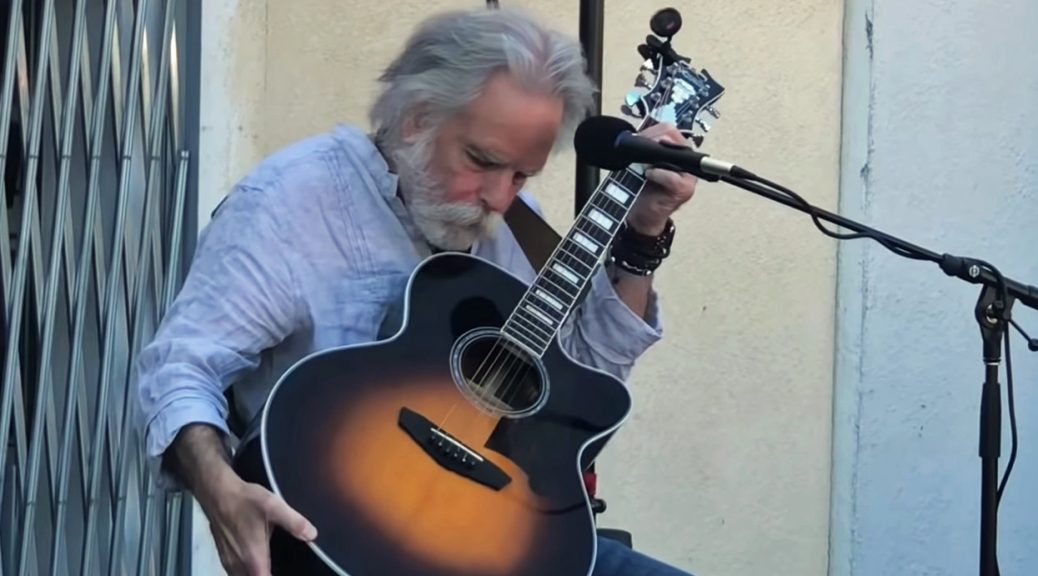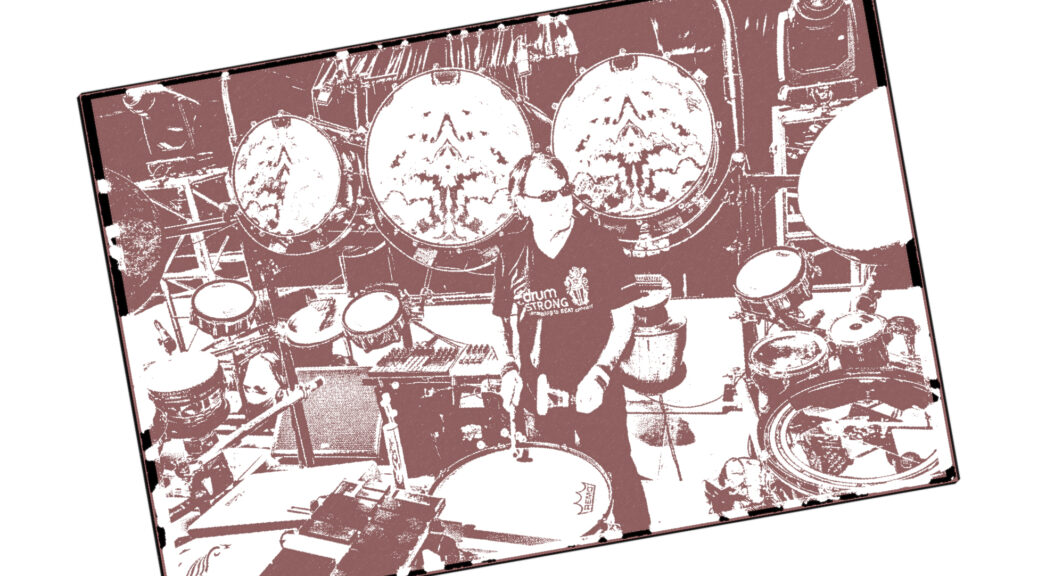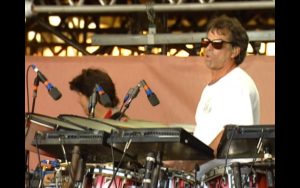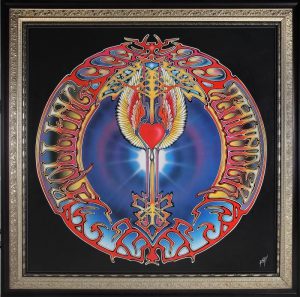Grateful Dead Woodstock Woes
The oft’ told tale of the Dead’s Woodstock performance was that it was plagued with various difficulties and was generally lackluster. That it wasn’t a typical ’69 performance.
Their Woodstock was only about 70 minutes of music with a more than 15 minute technical break after only two songs (St Stephen and Mama Tried) which had only totaled about five minutes.
Plus, there was the mic/walkie-talkie/PA interference during some parts.
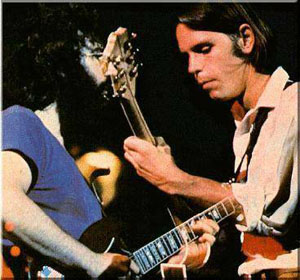
Grateful Dead Woodstock Woes
Dead at Woodstock
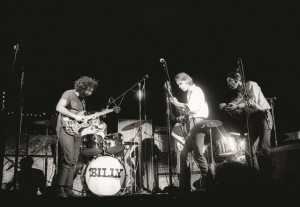
Well, let’s take a look at the set list:
|
|
Typical?
So how atypical were the Dead at Woodstock? The concert immediately before at the Family Dog at the Great Highway in San Francisco on August 3 was about 90 minutes. Their first concert afterward was on August 20 at the Aqua Theater in Seattle (no recording available). How long was it? About 90 minutes.
If not for the technical issues, faced by most of the Woodstock performers, the Dead set at Woodstock was not too different.
Perhaps it’d be best to give the Dead at Woodstock an actual listen and decide for yourself. As for me, I enjoy it. Of course the spice of it being at Woodstock is an enticing enhancement, but even without that, it’s still good. After all, there’s only one Barton Hall and that was eight years in the future.
Double-dare
I dare you to click and open ↓ .
It’s really a nice listen for any day and a slice of history. You’ll hear the actual radio feedback that Phil Lesh talks about during a quieter part of their set.
For another much more thorough and thoughtful article on the Dead’s Woodstock set, see this article that Scott Parker, author of Woodstock Documented. wrote.
The whole article is well worth the read, but in his closing comments he concluded: Some have described this show as the worst Grateful Dead show ever, but this is a serious exaggeration. It is an uneven set, without a doubt. There are some real low points. But there are also some great moments, and it is worth remembering that on their worst night in 1969, the Grateful Dead were still better than most bands at their peak.
Finally!
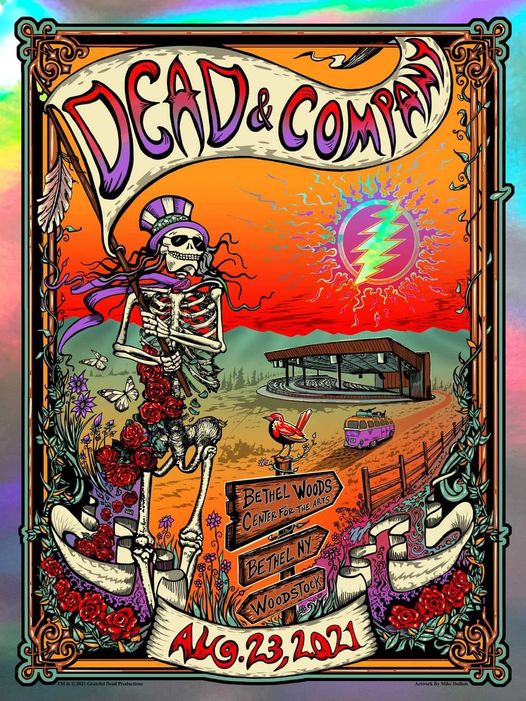
On August 23, 2021, Dead and Company played at Bethel Woods Center for the Arts. At the beginning of their second set, Bob Weir said this: “…50 something years ago [applause] we…right here…we tried this next sequence [Weir laughs] …it didn’t go so well for us. So, we’re gonna’ try it again.”
And so Woodstock finally heard the set so many had hoped for 52 years earlier. And it was very nice!
Follow link to listen
Post Script
I occasionally give site tours to band members, guests of the bands, and, of course, the all-important roadies.
In 2023, Dead & Company was playing at Bethel Woods and Bob Weir needed a ride to a booth promoting voter registration that he was helping to support. He sat next to me (thrill!) and I had the following very brief “conversation” with him:
Me: “Thank you for your music.”
Bob: “You’re welcome.”
Me: “By the way, I didn’t think your Woodstock set was that bad.”
Rob: “It was.”

